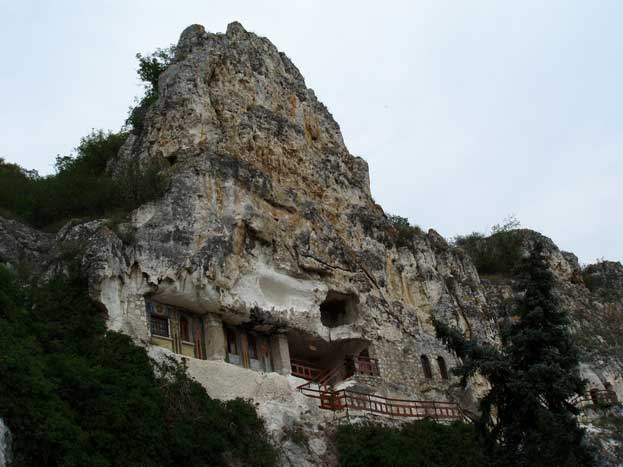Rock-Hewn Churches of Ivanovo Bulgaria
In the valley of the Roussenski Lom River, in north-east Bulgaria, a complex of rock-hewn churches, chapels, monasteries and cells developed in the vicinity of the village of Ivanovo. This is where the first hermits had dug out their cells and churches during the 12th century. The 14th-century murals testify to the exceptional skill of the artists of the Tarnovo School of painting. he period of the history of Bulgaria from the last years of the 12th century, when for the second time the country became independent from Byzantium, until the Ottoman Empire annexation in 1396, is known as the Second Bulgarian Empire.

Continent: Europe
Country: Bulgaria
Category: Cultural
Criterion: (II)(III)
Date of Inscription: 1979
Bulgarian Orthodox Christianity
Independence from Byzantium could not be complete until the Bulgarian clergy became dependents of the Patriarch of Costantinopoli. In 1204, the Kaloyan Tsar signed an agreement with the Papacy in order to return as part of the Roman Catholic Church. It was not to be a long-lasting agreement. During the reign of Tsar Ivan Ansen II, Bulgaria once again embraced Orthodox Christianity, but with its own Patriarch, not subordinate to Costantinople.
The first Patriarch was the monk Gioacchino, who shared with Ivan Ansen the plan to expand the Bulgarian church. Before taking over the Patriarchal throne he had lived as a hermit in a cave in the river Rusenski Lom valley, not far from the village of Ivanovo. The monk achieved so high a level of sanctity that Tzar Ivan Ansen entrusted to him the construction of a monastery, something which contributed to strengthen his image as a merciful monarch. The convent was built between 1218 and 1235 and had from the outset a rocky character; all its buildings were dug into the limestone cliff gorge of the river and its contributories.



